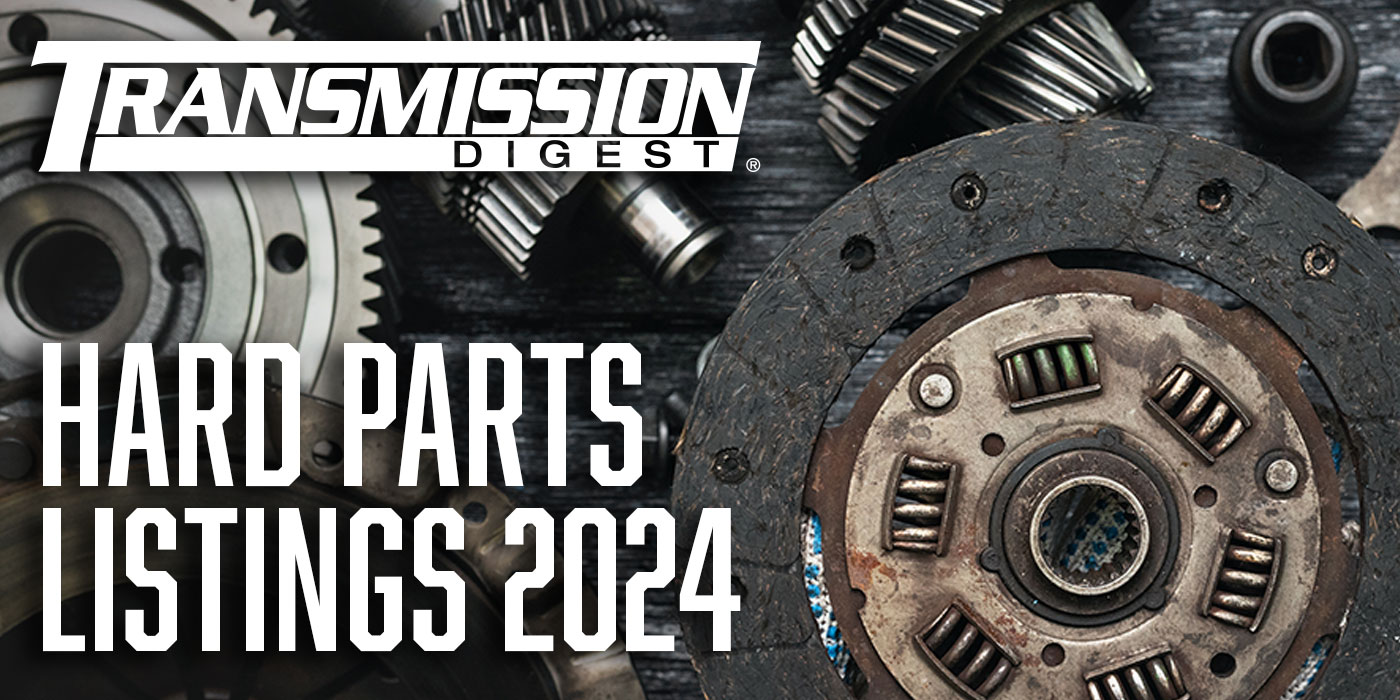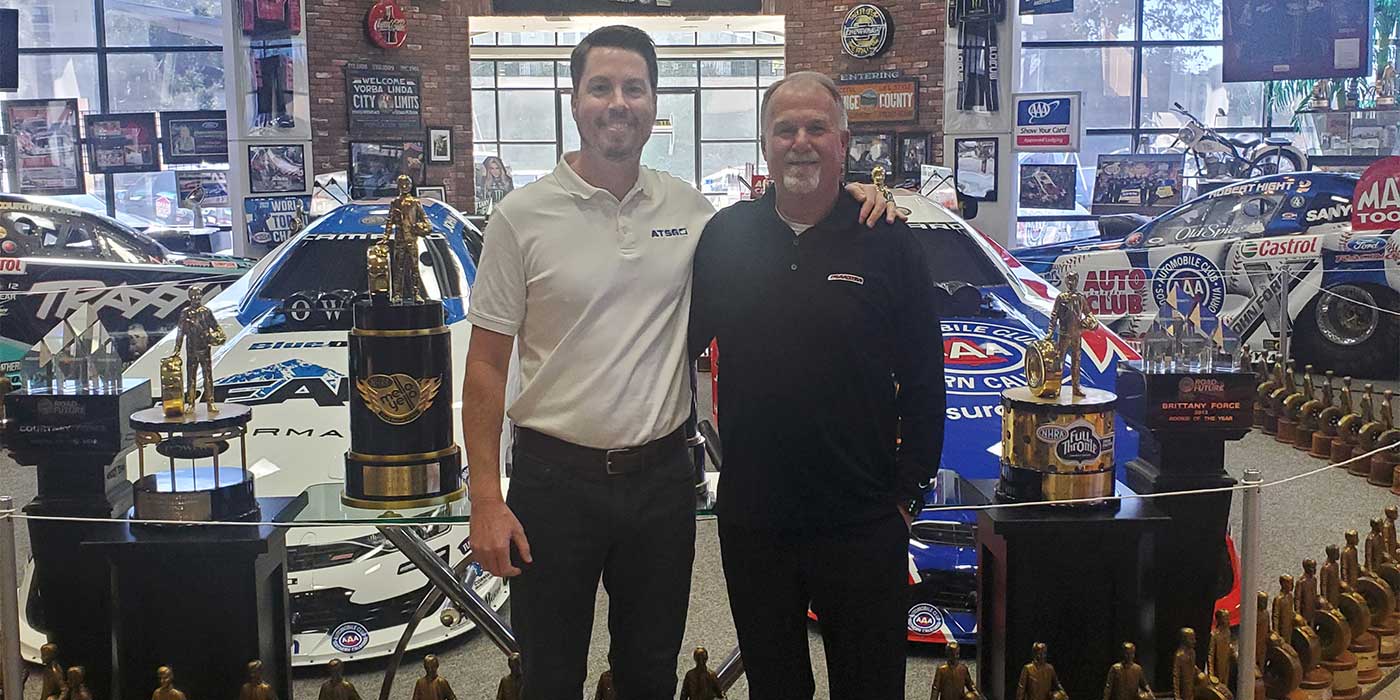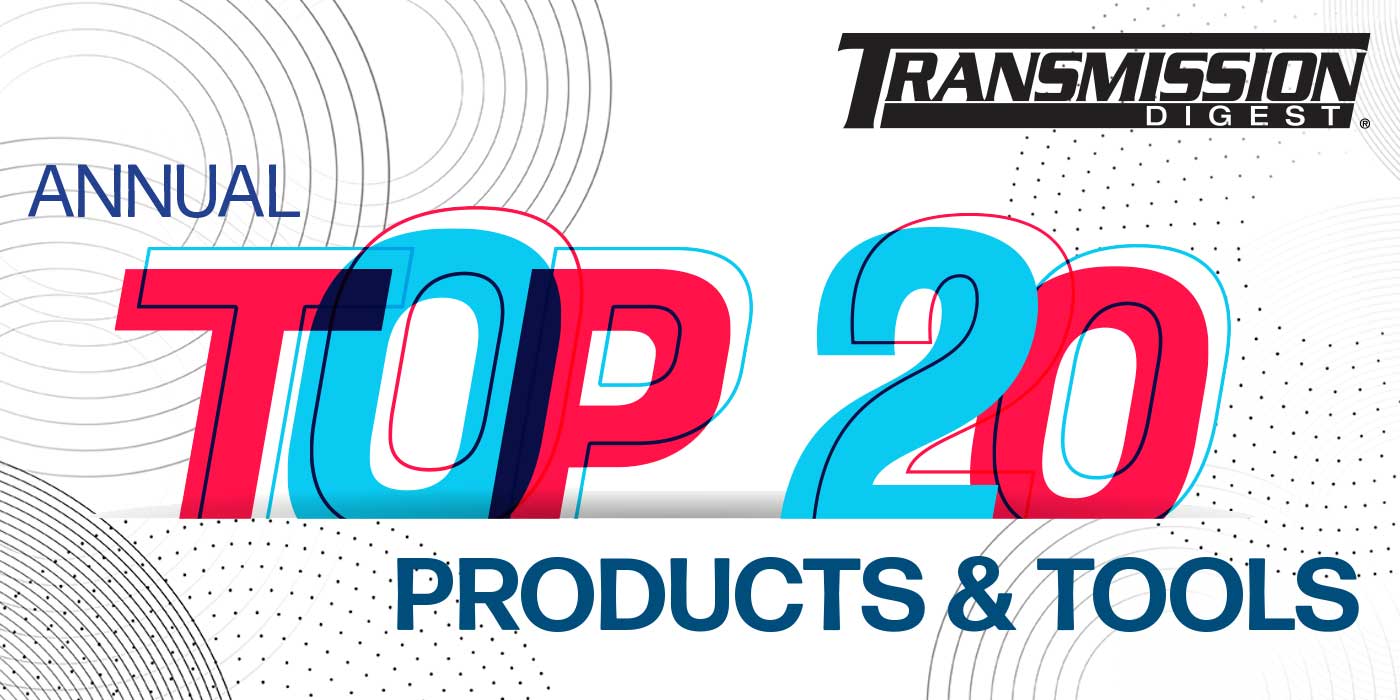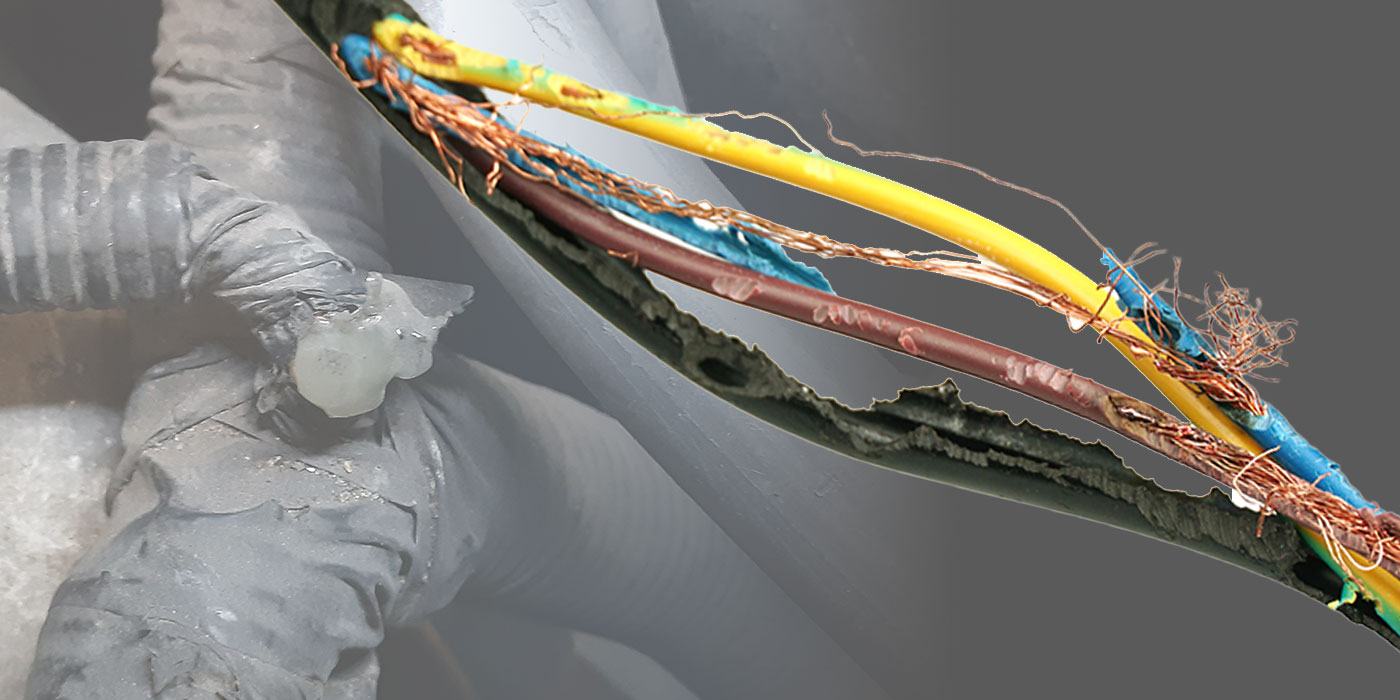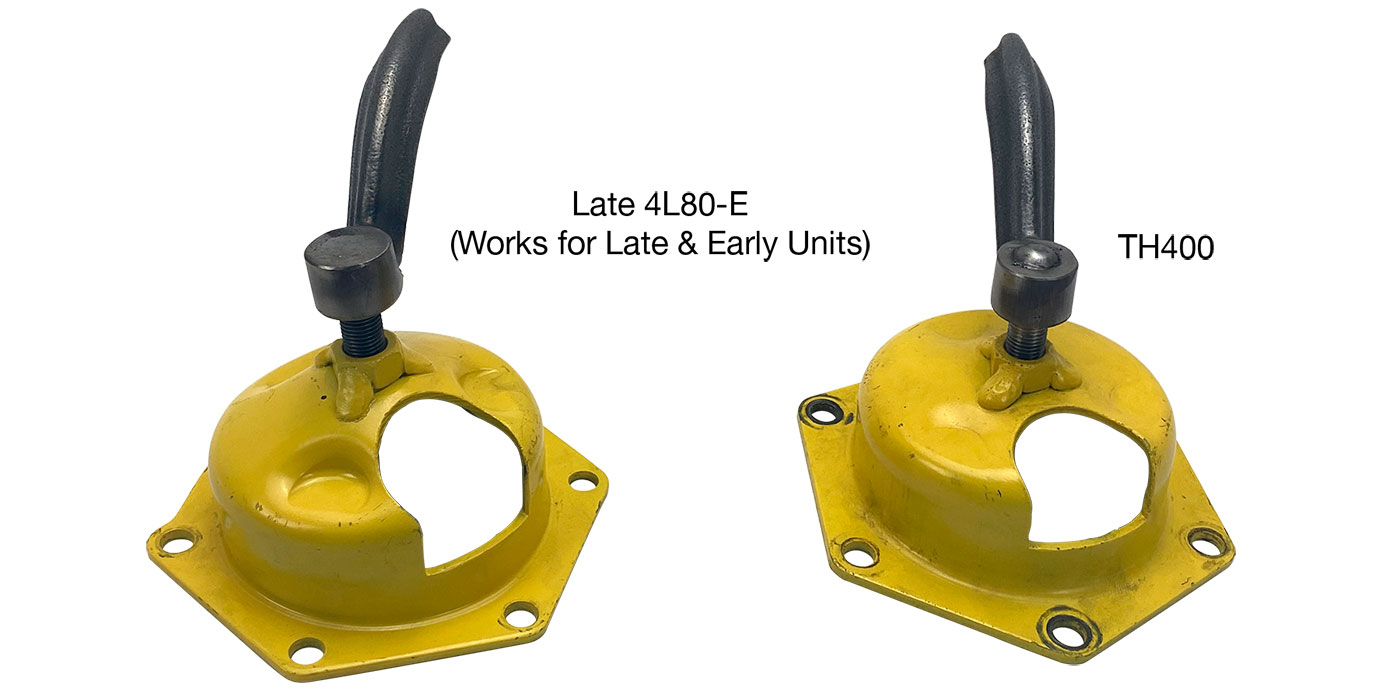Ever since my father started his aftermarket automatic transmission parts company in 1961, transmissions have been a big part of my life. I grew up watching dad build his business and spent my formative professional years learning the ropes directly from the master. Back then, automatic transmissions were rare in the United States, so the business itself was a risk, but we were fortunate—as you can tell by walking down any street, automatic transmissions caught on.
It wasn’t, however, fortune alone that made the business a success. I remember a simple phrase that my father said to me over and over again until it was lodged in my brain, so much so that I taught my children the same. “The more you give,” the saying goes, “the more you get back.” I think this adage is not only good advice to live by but that it also gets to the heart of what we do in the aftermarket transmission parts industry.
To produce quality aftermarket parts, you need to put in the time and effort to understand several things about the original equipment manufacturer (OEM) parts they are replacing. While many people believe that OEM parts are of a better quality than aftermarket parts, the truth is a little more complicated. For example, if a particular OEM part is prone to failure, an aftermarket manufacturer will take that into consideration during research and development to improve the part’s performance and longevity. An original part might match what the vehicle was equipped with when it was brand new, but if it is only going to fail in the same way, then the vehicle owner may want to consider their options.
High-quality aftermarket parts expand and improve on the original design to correct any flaws present. To create parts that outperform their OEM counterparts, aftermarket manufacturers need to ask the right questions.
- Why is the OEM part prone to failure?
- What percentage ends up failing?
- How long does the part last on average?
- Is it possible to design and produce the updated part while still passing savings on to the customer?
Answering these questions thoroughly is essential for success—not only for the aftermarket manufacturer but for suppliers and consumers, too. After all, a solid business relationship that lasts for years is worth much more than a one-time sale.
Getting the process right for a new part requires significant coordination. A single aftermarket part might involve manufacturing at several locations to account for the various components that go into its production. The research, prototyping, testing and sourcing needed to produce a single piece can be astounding. Producing an updated catalog of parts that are ready to be installed can take more than a lifetime, especially considering the ever-evolving nature of the industry. I’ve learned that in the end, though, all that effort is worth it because what you get back exceeds what you put in.
No matter what you do in life—whether you are manufacturing aftermarket transmission parts, raising a family, or something else—just remember: the more you give, the more you get back.
Fanny Hanono is the president of GFX, a manufacturer of automatic transmission kits and components.


